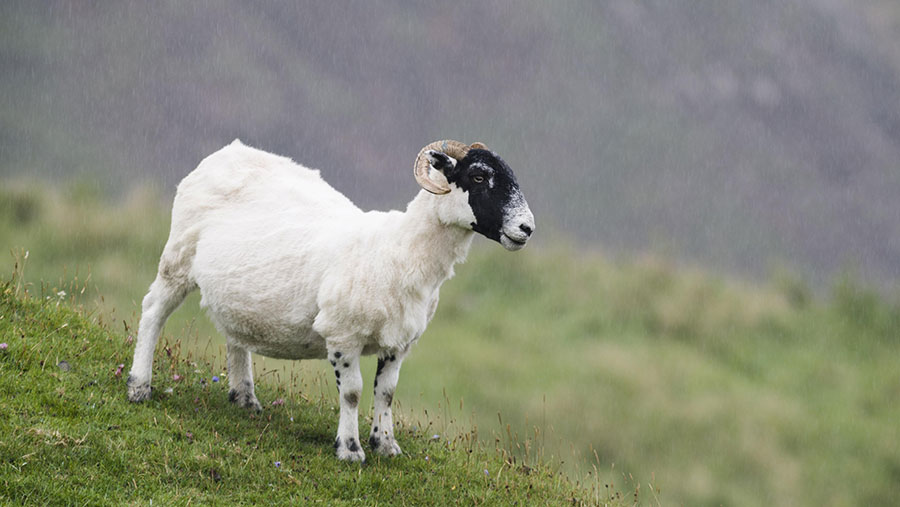Fluke forecast puts western regions at ‘high risk’
 © REX/Shutterstock
© REX/Shutterstock Western Scotland and South Wales have been flagged as “high risk” areas for fluke this autumn by the National Animal Disease Information Service (NADIS).
A new, more localised fluke risk map, based on rainfall and evaporation data, has identified three risk levels across 190 40sq km grids.
Vast tracts of Scotland have been deemed to be high risk – from Wigtownshire and Kirkudbrightshire in the south-west, all along the west coast and up to Sutherland, Ross and Cromarty and Caithness.
See also: Why delaying fluke treatment can prove costly
Risk levels
- High risk: Western and northern Scotland and the Highlands. Southern Wales (from Monmouthshire to Glamorgan up into Powys and across to Ceredigion and Pembrokeshire)
- Medium risk: The rest of Scotland and western England, from Cumbria down to Cheshire. The West Country.
- Low risk: Shropshire and the Welsh borders and the eastern counties
Fluke management advice
- Keep sheep and cattle away from wet, boggy areas of farmland
- Drugs like triclabendazole (TCBZ) can control and kill fluke when timed correctly
- Monitor coproantigen tests to assess drench efficacy
- Later fluke treatments (closantel, nitroxynil) can be used if TCBZ resistance is suspected
- Vaccinate against clostridial disease (fluke predisposes lambs to Black disease)
See more
